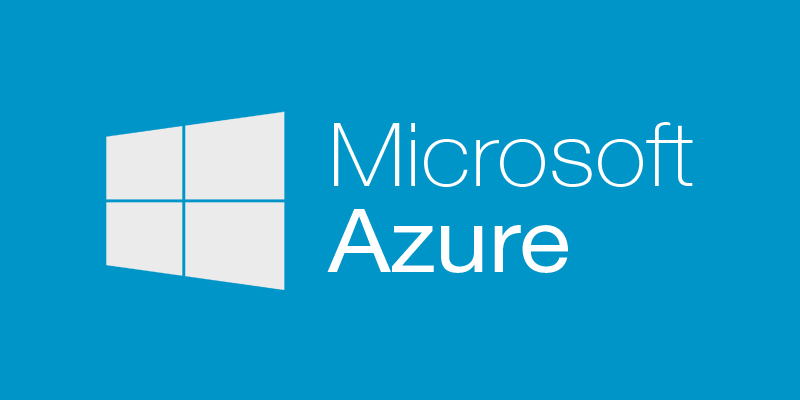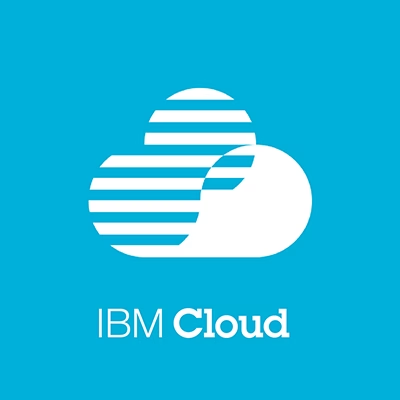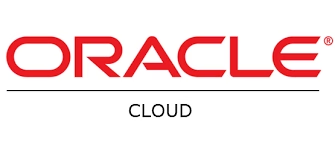Amazon Web Services (AWS) is the giant of public cloud computing. Amazon was quick to spot the enormous potential of the cloud as a whole, and so invested heavily in developing an extensive infrastructure in order to offer the best and most reliable service possible.
Today, the company offers an extensive range of IaaS and PaaS services, including its Elastic Compute Cloud (EC2), Elastic Beanstalk, Elastic Block Store (EBS), Simple Storage Service (S3), Glacier storage, DynamoDB NoSQL database and Relational Database Service (RDS). The fact that it offers extremely powerful tools and services for development, networking, data processing and management has cemented AWS’s reputation as the go to cloud service that gives seamless integration, along with the best tools and services available today.
For businesses, AWS offers high resource scalability at a fraction of the cost that it would require otherwise. Not only that, many businesses feel that due to Amazon‘s extensive focus on remaining ahead of the game, that they are actually investing in a system that will only get better with time, unlike a traditional in-house server system, which quickly become outdated.
The main drawback with AWS is that is not open-source, something that has frustrated many developers along with the restricted control that Amazon‘s internal management obviously creates. Provided that this is not a big concern, then AWS offers the perfect marriage of flexibility, resources, tools, security and low costs that make its cloud platform extremely hard to beat.
GOOGLE CLOUD PLATFORM

Google‘s Cloud Platform competes with AWS in every main area of public cloud. Thanks to global domination of their Android system, the company has been able to covertly introduce its users to its cloud system through their phones and tablets. The most basic function that all of us now use, is to allow us all to sync our phones with other devices including tablets and our PC‘s when using their Chrome web browser.
Their platform offers some really well developed and reliable tools, including their Compute Engine, App Engine, Container Engine, Cloud Storage and BigQuery. It is too early to tell, but it seems certain that as Google integrates their cloud resources with their Android system, certain parts of their cloud platform are set to explode in terms of market share. With reliable and fast global internet, the huge issue of smartphone storage space will completely disappear thanks to the remote storage potential of Google Drive, for example.
Unfortunately for my analysis, Google does not release much in the way of useful information regarding its number of cloud users or revenue, so the industry has to base it on best guess estimates. Most analysts suggest seem to agree that use of Google‘s Cloud Platform is surging, something that seems inevitable when you look at just how much Google is investing in cloud technology.Overall, Google‘s Cloud Platform is certainly a huge rival for AWS and the other big players. It is an excellent platform that offers really good tools and services, many of which, in my opinion, were once inferior to those used by AWS, but are now on a par or even better in many respects. Interesting to note is that Google now offers many services at prices lower than Amazon, proving that though they might have been lagging behind to begin with, they are now quickly catching up.
MICROSOFT AZURE

Microsoft also offers the full spectrum of IaaS, PaaS and SaaS services to its customers. The company was caught napping when it came to its core Windows operating system and its migration to the smartphone, so it is certainly good news from their investor‘s standpoint that they have managed to carve out a good percentage of the cloud market. Not only that, they have managed to successfully integrate their other flagship product, the Office suite onto the cloud, something that will guarantee a healthy revenue stream in the future.
Of the several friends I have who use Microsoft‘s cloud, all of them joined it because of their love of the Office suite. That said, it is worth nothing that Microsoft‘s strongest card has been its Windows operating system, that like rivals Google, has allowed them to push their cloud services on its army of users. The well received Windows 10, was full of interesting ways to get us to expand into Microsoft‘s cloud services, including the highly successful OneDrive cloud storage platform. Though the number of PC users is in decline, Microsoft is rightly seeking to leverage what power it has in order to get its customers using its cloud based services and products while it can.
Another important product of its existing Windows operating system is the relationships that it has fostered with a huge number of companies like HPE, Adobe, SAP, and Cisco, all of whom now are reviving this relationship with their own moves into cloud based systems. So far as the numbers go, Microsoft‘s cloud business is on a solid growth trajectory, in Q4 of 2016, Microsoft reported that its revenues increased 5% to surpass $6.7 billion, something that would put it in the number 2 spot behind AWS.
Though widely used by the U.S Government and a number of big companies, the main criticism of Microsoft Azure is the cost. It trails all the main cloud services in terms of price, which are higher than all the others and are reportedly causing it to suffer when it comes to uptake by small the medium sized businesses.
IBM CLOUD

IBM has always chased the big business market and to be honest, by most indications they seemed to have followed the same approach with their cloud platform. The company is particularly focused on PaaS and SaaS cloud systems, its Bluemix development tool has been well-received by the software development community, while its range of powerful cloud SaaS management tools and services are also scoring some big successes.
The IBM Cloud has a few unique offerings that its competitors are not currently able to match. For example, it is the only major cloud vendor that emphasizes its bare metal servers, which can be very attractive for organizations that have particular performance or security requirements. IBM also gives organizations a lot of flexibility and customization options, on a scale that the other big three don‘t. On the downside, it can take up to several hours to configure and deploy a custom server, which has caused many customers to finally turn their back on IBM.
IBM is another company that is cashing in on its existing business, offering seamless integration with existing IBM architectures such as Power8servers, something which is a strong incentive to for its customers to use their cloud service. Another strong feature of IBM‘s cloud services is that its tools and security features work well over multi-cloud environments. This has been backed up by a high level of IT support, something that has frustrated users of the rival cloud systems such as Microsoft.
So what‘s holding IBM back? Well, it looks like a combination of their approach and the fairly high costs of their services. In combination, they limit IBM‘s appeal to the medium to large sized business market, denying it the chance to reach the mass personal consumer market that I believe is going to be incredibly lucrative in years to come.
ORACLE CLOUD

Oracle offers a really respectable range of IaaS, PaaS and Saas services. Particularly notable is their RightNow suite of applications, which are excellent tools that are designed to facilitate web, social and contact center customer services while being deliverable across multiple channels. This suite includes access to live chat features, email support, case management, virtual assistants and much more.
The company‘s Ravello tools are really great for easily migrating virtual machines to the cloud, while its Paas services for data management, business analytics, and app development have all attracting a growing number of users who prefer Oracle‘s approach. This led the company recently reporting a cloud generated income of $1.2 billion for the first quarter of 2017, an increase of 73% from a year earlier.
Oracle has positioned itself to take advantage of the personal and small business market, so pay-per-use costs are relatively low, while also offering a reasonably good level of customer service. The main drawback of this is that larger businesses simply won‘t find them an option when it comes to their own needs. While it is true that Oracle might be a smaller fish in the pond, it still punches far above its weight, and importantly it is growing in size fast.

